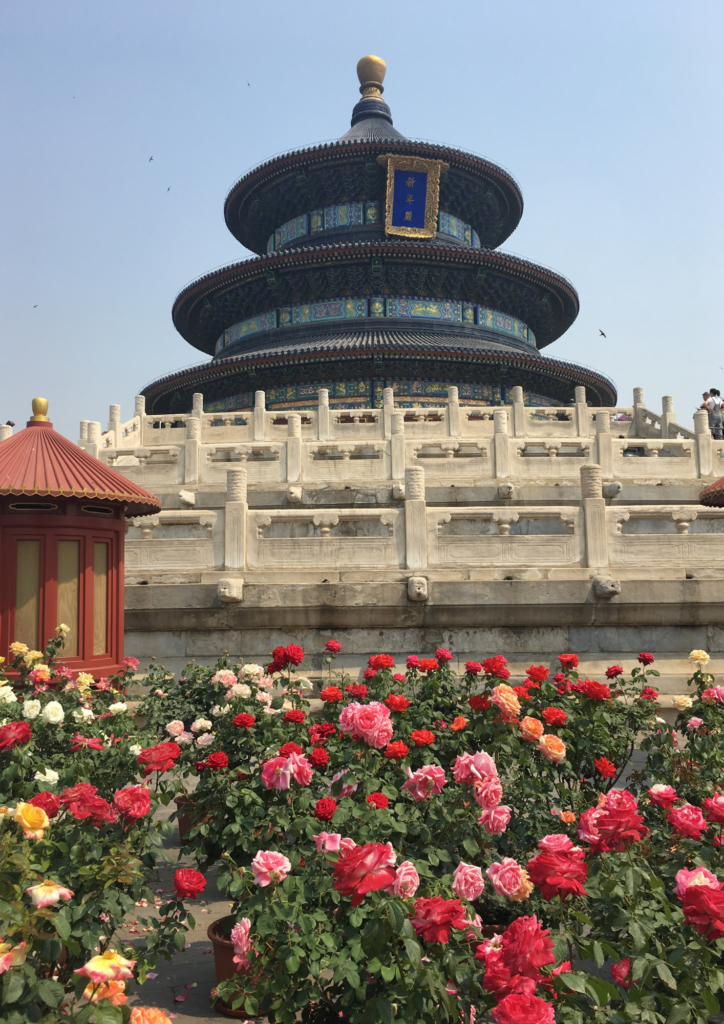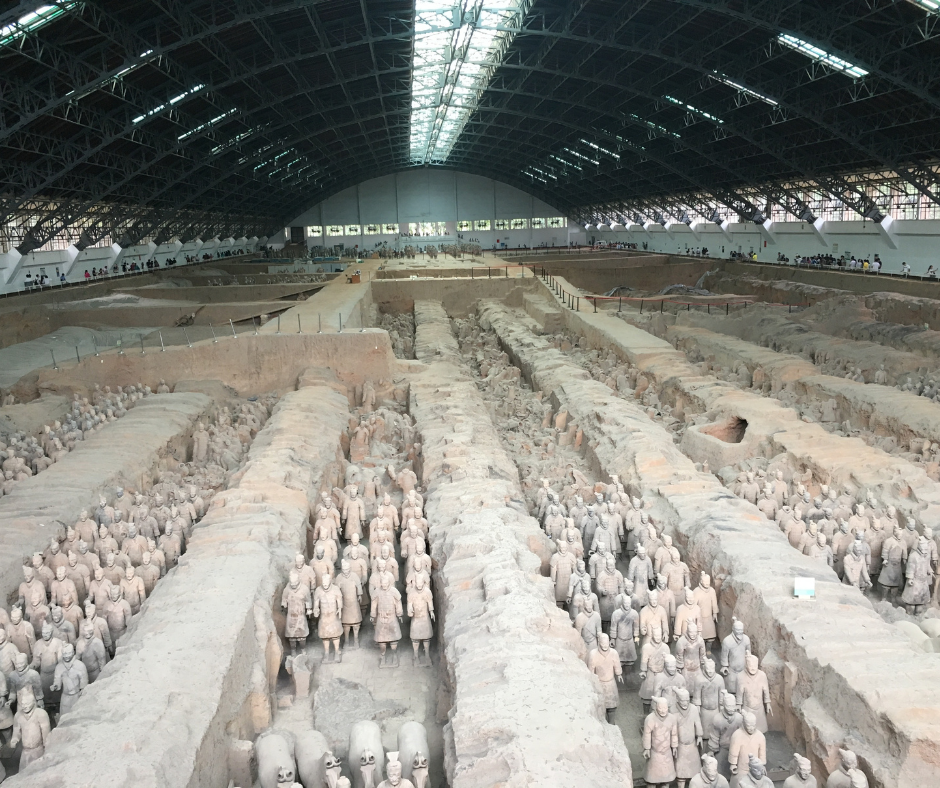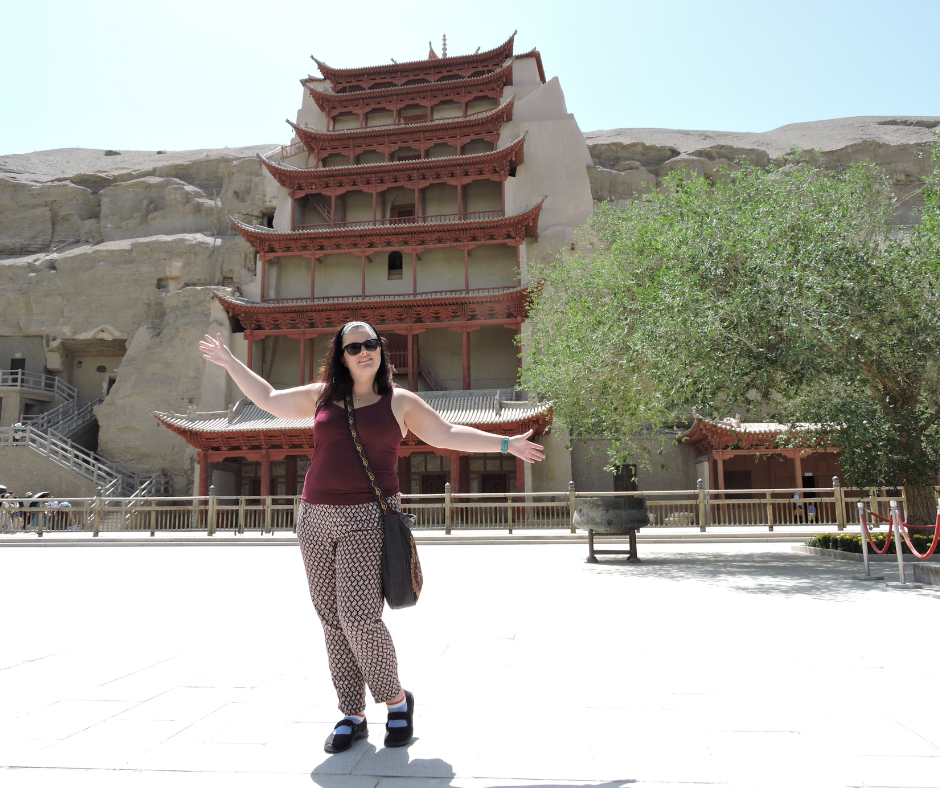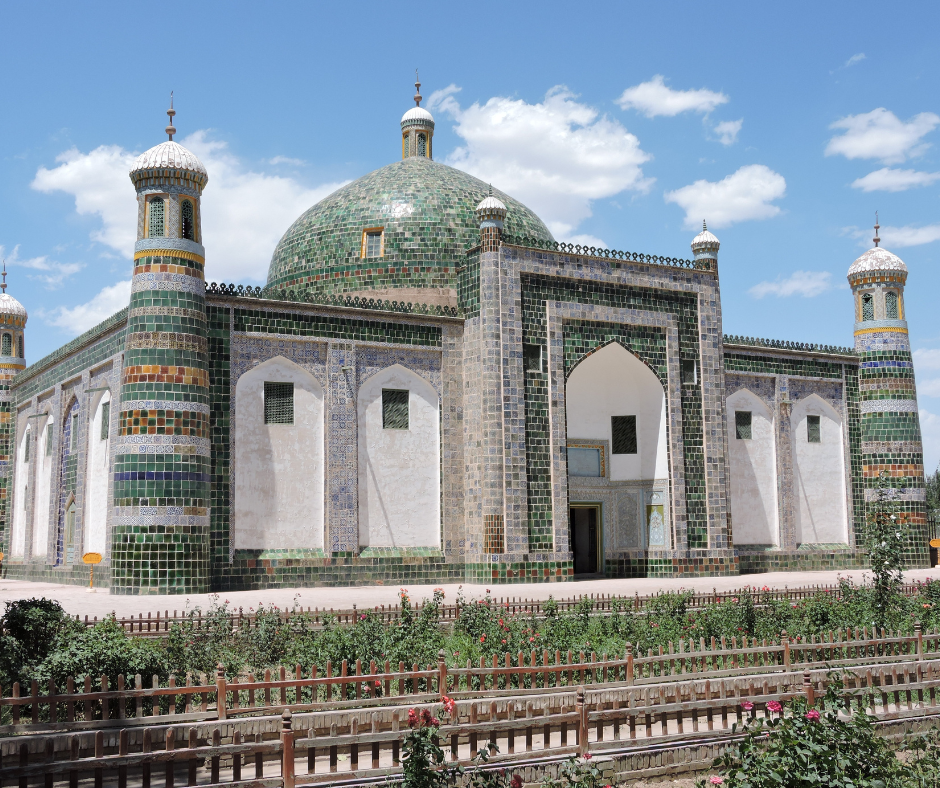There are many stops along the way on the paths of the Silk Road in China, these are the ones I have visited and some stops that are worth making along the way.
Beijing
Now technically, Beijing isn’t a stop on the Silk Road, but it is a great place in China to start and a great place to use for a base. There is far more English spoken here than anywhere else in China and it is a great place to start to get your bearings.
There are also some fantastic sights to see here, it is the best place in China to visit the Great Wall – many sections can be visited from here, I recommend Jin Shan Ling and Muitanyu which to me are the most spectacular. The closest section to the city is the Badaling Wall, but this is often very crowded with domestic tourists.
Things to see in the city include the famous Tiananmen Square – the largest public square in the world, the Lama and Confucius temples as well as the famous Forbidden City. (I’ve never been anywhere less forbidden in my life. Oh my god the crowds!)
My personal favourites are the Night Markets out at Wang Fu Jing for a tasty or not so tasty snack, the Temple of Heaven with its blue roofing (different to all other temples which seem to be green) and Beilhai Park for just chilling out and people watching.

The best place to stay in Beijing, is somewhere around Meshi Street, this is where all the action is and it is with in walking distance to Tiananmen Square. Do watch out for young English speaking locals who may insist on dragging you into a Tea House, this may seem like an authentic experience but you end up with the bill which quickly runs into thousands of yaun, likewise watch out around Wang Fu Jing for the young students wanting to “practice their English” – again you get dragged into a Karaoke bar and then stuck with an exorbitant bill.

Xi’an
Easily reached via overnight train from Beijing, Xi’an is actually the Eastern terminus of the Silk Road and should be your starting (or ending) point.
The most famous thing to see here is the Terracotta Warriors, the pits containing this trove of wonders lie about an hour outside the city – be sure to take your identification with you and be prepared for crowds of people – mainly Chinese.
Other things to see here are the Bell and Drum Towers – the Bell Tower is now in the middle of a roundabout! Both towers look spectacular at night all lit up. Xi’an also has the most intact city wall of any city in China and you can climb it and walk a circle around the old city.
The Muslim Quarter is good for shopping and for food, the area around the towers is also good a good place for food and a good place to stay.
Dunhuang
Build it and they will come, this is what the Chinese government must have been thinking when they built Dunhuang. If you’re getting sick of the overcrowding, then you will probably welcome a stop in one of China’s smallest cities, a city built in the middle of the Gobi desert. Being on the newer side and with a population of roughly 180,000 this is also a very clean and smog free city. Do be aware that unless you come with a guide communication will be difficult, there is zero English spoken here.
There are two main sights to see around Dunhuang, the first is the Magao Caves which is a UNESCO World Heritage listed sight. The caves are grottos hollowed out of the cliff faces by Buddhist Monks and have beautiful paintings and sculptures of flying Apsaras and other Buddhist paraphernalia. They are quite beautiful inside, but alas there is no photography inside the caves and you must have a guide. The ticket includes a guided tour, and you will be shafted in with any other English speaking tourists. One thing to be aware of with the caves is you need to pre-purchase tickets at least 6 weeks in advance or you will miss out. No tickets are ever available on the day, and you end up on a tour either way – my advice, book a proper tour that will collect you from the hotel. There is irritatingly no way to see this independently, the Chinese just won’t allow people in the caves by themselves.
The other sight and my favourite thing in Dunhuang is the Crescent Oasis. A proper desert oasis, with a temple built on the waters edge is just 6km from the town (it was built in the desert after all).

This place is an actual Silk Road Oasis and it’s super easy to get to, just take a cab. The fares are set at 20 RMB ($3USD) – again they won’t speak English so just show them a picture of the place on your phone or from the place you are staying – they will no doubt have a brochure with an overpriced tour they are selling. Once there, you will need to pay 120 RMB to get in and there are various bits and pieces to do there, including camel rides and scenic helicopter flights over the oasis – all at an extra cost of course.
There really is no best place to stay here as it is such a small place, best to stay in town though and not near the caves or the oasis. Food here is also hit and miss, I stay at the Dunhuang Hotel, my favourite restaurant is Charlie Johngs Café which is left for a block and then across the street from the hotel. The Sweet & Sour pork there is to die for.

Turpan
Turpan isn’t my favourite stop, but it is one that should be made as it is one of the most ancient sites on the Silk Road. Very close to Turpan you will find the first century AD city of Jiaohe or Yar City. This city was built almost entirely out of mudbrick on a plateau 30 meters high, giving it protection from forces that might seek to invade it. They site was inhabited for over 2000 years and was the first stop in Western China on the Silk Road on the way to the great cross roads of Kashgar.
Other things to see here are the Karez irrigation channels, an underground water system that has brought life to the barren wasteland of the Taklamakan desert and the city of Turpan since the time of the Silk Road and the Ermin Minaret Mosque. A stunning mudbrick structure unlike any mosque you are likely to ever see anywhere else.
I should mention that you have now entered Xinjiang province, this is an autonomous region of China, and you will see more and more armed guards and military check points, it is a good idea to keep your passport or a copy on you. The region is also populated by Uyghur Muslims, a totally different race to the Han Chinese you left behind in Dunhuang and Xi’an – wearing of veils for women in mosques is not necessary, however you should behave respectfully.
Kashgar
The Great Crossroads of Humanity – how I love this place! The first time I got off the train here I barely knew where I was. I haven’t had my passport checked, I haven’t crossed a border – I literally didn’t know how I could still be in China. This place is like a totally different country! It shows influences from Turkey, Uzbekistan, some parts of Europe – apart from a few Chinese symbols about the place there really is nothing Chinese about it.
The place to visit here is the Sunday animal market, which has been going on for a thousand years and was a major trading post during the times of the Silk Road – in fact the entire city was. The animal market is not my favourite thing here, I don’t like things like this and if you’re even slightly squeamish when is comes to animal mistreatment or scared of being kicked by a cow or horse it is better to avoid it.
My favourite things to do here are to visit the bazaar where they trade in just about everything – Silk included. The Old City is a great place to shop for handicrafts and antiques, there are many crafts masters and dusty old shops to poke around in. There is a reason my Kashgar guide has nicknamed his home town “Kash-gone”. The Mausoleum of Idk Khan, a local hero is also just outside the city and is worth a visit – the architecture is epic and the tile work with its fantastic greens is amazing.

The Petroleum Barony Hotel is a good place to stay, clean and comfortable and a really nice breakfast (well nice for China), it is also with in walking distance to the best restaurant on the route, Altan Orda or Golden Palace. Everyone in town will know it, you might need a reservation in the high season – it serves traditional Uyghur food, the Plov is the best in Central Asia – but don’t tell the Uzbeks that!
If you follow world events, you will have heard stories of the Chinese government’s persecution of Uyghur Muslims in Xinjiang province. The government seems to be in the process of rounding up these people and placing them in internment camps as a form of ethnic cleansing. My last visit to Xinjiang was in 2017 and although this process was happening it was still in its infancy, and no one seemed worried. Since the start of the pandemic in 2020 this has apparently ramped up. You may wish to take this into consideration when planning your trip as there will be increased security and you may not wish to support the actions of the Chinese government by visiting these cities. Kashgar will likely be the worst in regard to this issue, however you may also see the effects in Turpan and Urumqi.
If you’ve enjoyed this post, be sure to check out the companion blog About Chinese Trains for details on how to cover the ground between these wonderful places.


